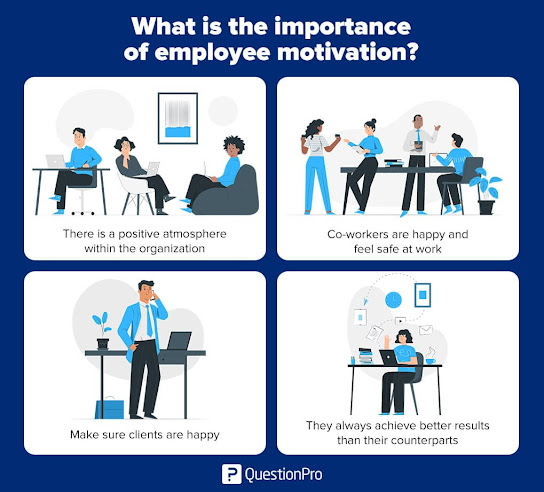WORK-LIFE BALANCE

Introduction Work plays a significant part in all our lives. Employers expect more from their people, which leads to them feeling more pressure to achieve greater results. These pressures appear to have reached a breaking point, as people realise that they need to achieve better balance in their lives. Image 1: Work-life balance (hrguru.com, 2022) Why be Work-Life balanced? Maintaining a balanced healthy work-life is not only important for health and relationships, but it improves the employee’s productivity, and ultimately performance. Businesses that gain a reputation for encouraging work-life balance have become very attractive – especially when you consider how difficult it can be to attract and retain younger workers these days (Wedgwood.J, 2022). Focusing on work-life balance will help you draw a valuable talent-pool for new recruits and boost retention rates. It will save time and money, whilst ensuring a high level of in-house talent. Image 2: Determinants, Nat...





